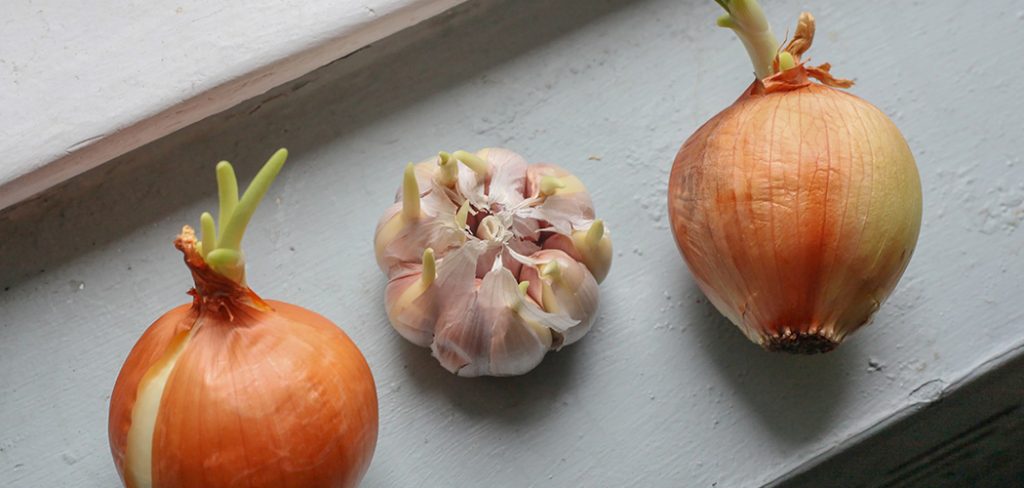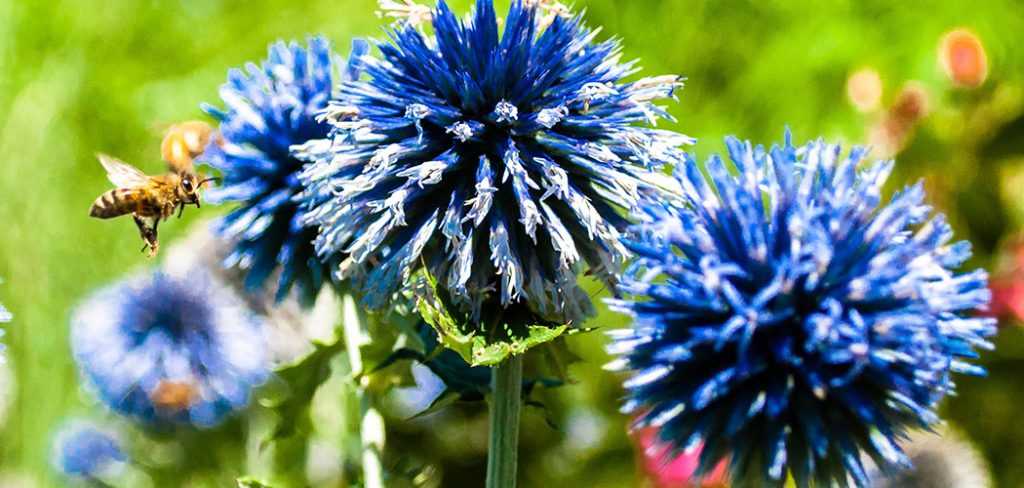Growing your own aloe vera plant allows you to always have a fresh aloe extract. Ready to be put on your skin for refreshment. Here’s a simple guide on how often to water aloe vera plants.
Aloe vera plants are part of the succulent family. They are known for their ability to thrive even in really dry conditions. Take the cactus for example. Cacti are able to thrive in the desert. Despite the harsh heat and lack of water that a desert environment has.
Aloe vera is made up of more than 95% water. Because of this, your main concern in growing aloe vera should really be on getting it just enough water – not too little and not too much.
Aloe vera is becoming a major player in skin care products nowadays and because of that, it has the tendency to become a little pricey at times. Also, you’re not really sure how ‘natural’ these products are like they claim to be.
Underwatered Aloe Vera Plants
If, for some reason, you forgot to check on your aloe plant for a little while, it would probably still be doing fine.
Aloe plants are very forgiving when it comes to being underwatered. Because it has good water retention properties, aloe vera plants left to dry up even for up to a week can still be revived.
To know whether your plant is underwatered or still doing fine, check the soil. If it’s stiff and really dry when you stick your finger in it, it’s underwatered. However, if it’s not as dry and stiff, that means your plant is doing fine and it’s just time to water them already.
For underwatered aloe vera plants, all you have to do is water them as soon as you notice that they’ve been neglected for a while.
The general rule regarding how often to water aloe is once every week. However, because of different climates and living conditions, you might have to water your plants less or more often.
The best and most simple way to check whether your plant needs water is to stick your fingers in the soil. If the soil feels wet, it doesn’t need watering yet. Remember, it’s more likely to overwater your aloe than to underwater it. If the soil feels moist, you can water it the next few days. However, if the soil feels dry, water it immediately.
Interested in DIY Herbs Planter box? Read here.
Overwatered Aloe Plant
If you got a little too excited about your aloe plant and have overwatered it for that matter, look out for these signs. If your plant starts to have drooping leaves and doesn’t flower, it’s a sign of overwatering. The appearance of fungi also are a good indication of overwatering.
If you stick your hand into the soil and it’s very soggy, you’ve clearly overwatered it.
Don’t worry, though! While overwatering is the most common cause of death among aloe vera plants, it can be remedied if you notice it immediately.
Check your pot for drainage holes. If there are no holes on the bottom, that’s probably why you have an overwatered aloe plant. Transplant your aloe vera into a pot with drainage holes or in your garden (if you have space) so that the water doesn’t stay stagnant in the soil.
Next, if your water has drainage holes but your plant still gets overwatered, check your potting soil. If your potting mix includes sand, that’s actually good, but make sure the sand isn’t like the play sand found in a sandbox. This kind of sand actually holds extra water that might be the reason why there’s stagnant water in your soil.
Make sure that the sand in your potting mix is similar to that of a builder’s sand. This would help your soil drain better.
Don’t worry
If you’re still feeling a little paranoid, another way to handle an overwatered aloe plant is to transplant it into a new pot with fresh potting mix. Leave it unwatered for a few days to see if there’s any improvement on your leaves. If the leaves start to go back to normal, you can eventually return to watering your aloe plant once a week.
If you’re going to use fertilizer on your aloe vera plant, do it only once a month. And, before putting it on the soil, make sure to get a good watering for your plants first so that it can be protected from the chemicals of your fertilizer.
Other Aloe Vera Plant Care Problems
Did you know that aloe vera plants can also get sunburnt? Keep aloe plants growing within the 55ºF – 85ºF (13ºC – 27ºC) range. It’s best to place aloe plants where they get bright but indirect sunlight every day.
Other aloe vera plant care problems include excess salt buildup. The salt is usually gotten from fertilizers. That’s why you have to fertilize your plant only once per month and dilute the fertilizer, if possible. Excess salt buildup in the soil can actually burn the roots of your aloe plant and cause its leaves to turn brown.
The best thing to do if there’s excess salt is to repot your plants.
Conclusion
Now that you know all about how often to water aloe vera plants, you’re basically ready to plant one on your own.
Besides being a good skin care product, aloe vera also helps in making minor wounds heal faster. It also helps treat sunburn, frostbite, and other minor burns in the body. Because of its refreshing qualities, it also helps relieve itches from bug or insect bites.
Moreover, it can actually be consumed as food with proven health benefits. These include treating diabetes, osteoarthritis, and even the effects of radiation therapy. It also serves as a treatment for asthma once mixed and heated with water and inhaled as vapor.
It should be consumed in small doses, though, as it’s a natural laxative. Consuming too much aloe vera may harm your digestive tract and may even lead to death if consumed in large doses. Consume aloe only when it’s necessary. If not, it’s best used on your skin. That’s it for the aloe vera plant. Happy gardening!
Read my other article on Urban gardening.

